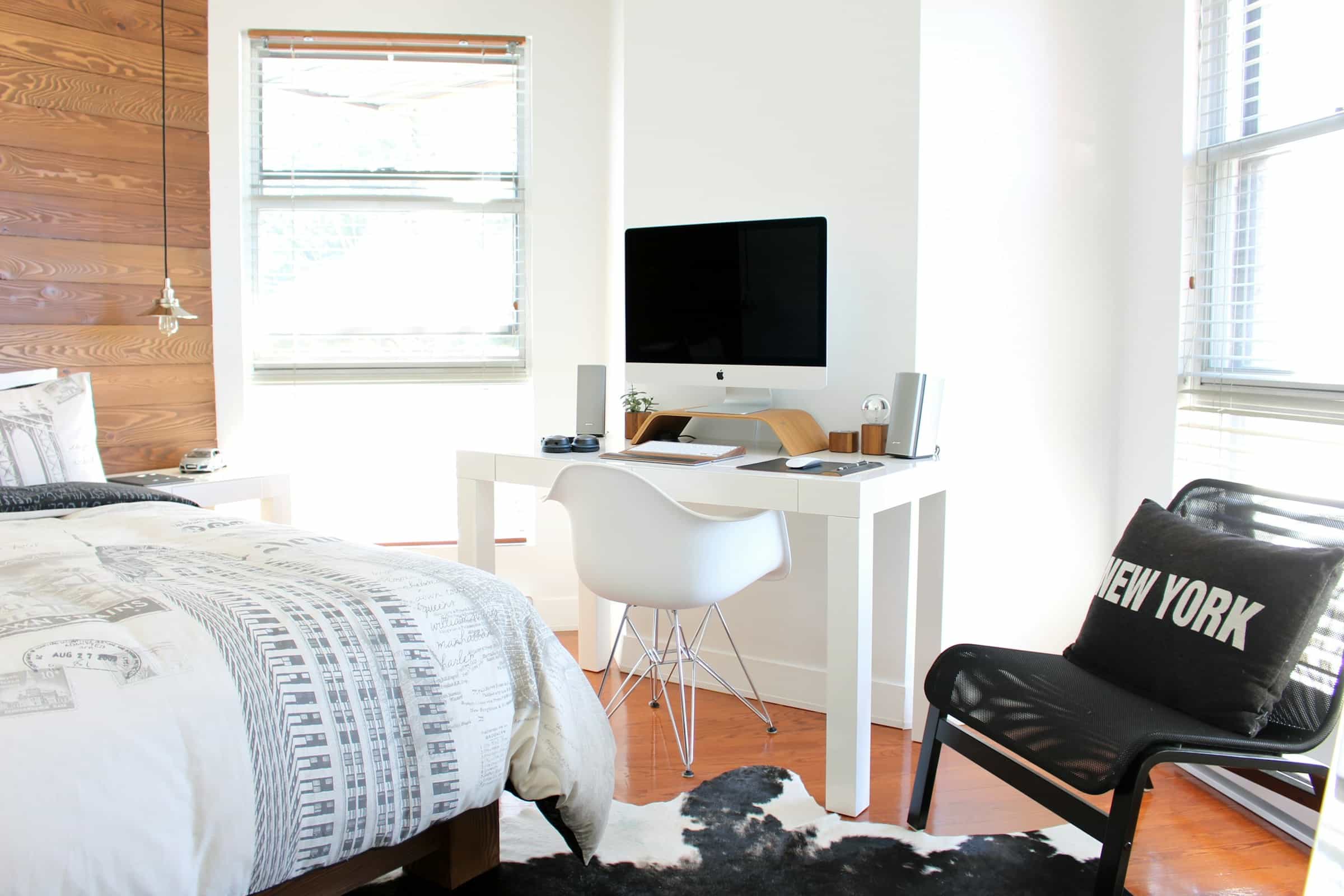What’s the Most Efficient Layout for a Modular Home Office in a Converted Attic Space?

Are you toying with the idea of converting that musty old attic into a chic, functional home office? You’re not alone. As more people continue to work from home, the demand for dedicated workspace within the home has surged. But how do you squeeze an office into the often cramped and oddly-shaped confines of an attic? This article will guide you through the best design practices, storage ideas, and layout options for a modular home office in a converted attic.
Attic Conversion: The Building Blocks
Before you start moving furniture up to the attic, there are a few things you need to consider. Firstly, the structure of the attic itself. Roof type will dictate the kind of conversion you can accomplish. The slope of the roof, the height of the ceiling, and the placement of the beams all play a part in determining what space you have available for your office.
A lire également : How to Create a Multi-Functional Guest Room with a Convertible Desk-Bed Combo?
Next comes the essential task of reinforcing the floor. Most attic floors are designed for light storage and may need to be reinforced to support the weight of furniture and humans. You should also consider insulation, heating, and cooling for the attic.
Remember, the goal is to create a conducive work environment that you will want to spend time in. This means ensuring that the room temperature is comfortable and that the space is well-lit.
A lire en complément : How Can You Design a Kitchen Recycling Center to Streamline Waste Sorting and Storage?
Making Room: Storage and Space Management
In a home office, storage is paramount. Having a place for everything can not only improve your productivity but also help you maintain a clean and tidy workspace. Modular furniture, with its inherent flexibility, can be your best friend in an attic office design.
Consider built-in storage options such as cabinetry or shelving that can blend seamlessly into the wall. This can save precious space and help maintain a streamlined and uncluttered workspace. Don’t overlook the possibility of using the areas under the eaves or the sloping roof for additional storage.
You can also incorporate multi-purpose furniture into your design. Think a desk that doubles as a storage unit or a foldable table that can be stowed away when not in use.
Light It Up: Lighting Ideas
Lighting plays a crucial role in creating a productive and inviting workspace. If your attic has windows, take full advantage of the natural light. Position your desk near the window, but be mindful of the glare on your computer screen.
For attics that lack natural light, consider installing skylights or solar tubes. Not only do they provide a source of natural light, they can also make the attic space feel larger and more open.
Don’t forget about artificial lighting. Layered lighting can enhance the functionality and aesthetic appeal of your workspace. A combination of ambient, task, and accent lighting can create a warm and inviting atmosphere.
Layout Options: Maximizing Efficiency
The layout of your office will depend largely on the unique shape and size of your attic space. It’s the part of your home office conversion where you can truly let your creativity shine.
Perhaps the most efficient layout option is the ‘zones’ concept. Dedicate separate zones for different tasks. This could be a main work area with your desk and computer, a reading nook, a storage area, and a space for breaks.
Keep in mind the placement of electrical outlets and windows when planning your layout. You don’t want to be running extension cords across the room or positioning your computer in such a way that the natural light produces a glare on the screen.
Design Elements: Creating a Stylish Workspace
Finally, let’s talk about design. Just because it’s a workspace doesn’t mean it can’t be stylish. The right design can make your home office a place where you love to work.
Start with a color scheme that promotes productivity and creativity. Blues and greens can induce a sense of calm, while yellows and oranges can stimulate the mind. Use these colors on the walls, furniture, or accessories.
When it comes to furniture, opt for pieces that are comfortable, functional, and in line with the overall design theme. A good, ergonomic chair is a must.
Lastly, personalize your workspace. Add photos, art, plants, or anything else that makes the space feel uniquely yours. A well-designed office can boost your mood and improve your productivity.
In conclusion, building a home office in your attic is a project that requires careful planning and thoughtful design. But with these tips in mind, you can create a workspace that is not only functional but also a place that you love to spend time in.
Planning Permission and Building Regulations
Before you begin converting your attic into a home office, it’s crucial to understand the local planning permission and building regulations in your area. These can influence the feasibility of your project and determine the scope of changes you can make.
In some areas, a loft conversion would require a planning permit, especially if you’re looking to alter the roof’s structure or height. Building regulations, on the other hand, ensure that the conversion is safe and structurally sound. These rules cover essential aspects such as fire safety, insulation, soundproofing, and the strength of the floor.
Work closely with a professional architect or contractor to ensure that your home office project is compliant with these regulations. They can help you navigate through the necessary permit applications and building inspections, saving you from potential legal headaches down the line.
Besides, these professionals can provide expert advice on the most efficient way to utilize the attic space while meeting the regulations. For instance, they can offer ingenious solutions to incorporate natural light and outdoor lighting into your design, thereby adhering to the guidelines on light and ventilation.
The Fun Begins: Interior Design and Furniture Selection
With the technical aspects taken care of, you can now focus on the fun part – interior design and furniture selection. This is where you get to decide the look and feel of your new home office.
Try to envision the end goal. Do you want a minimalistic, modern office or a cozy, rustic workspace? Your preference will shape the selection of everything from wall color and lighting fixtures to furniture and decor items.
As mentioned earlier, the color scheme can significantly impact your productivity and mood. Choose colors that not only appeal to you but also stimulate your work efficiency. Incorporate these colors not just on the walls but also in furniture, curtains, carpets, and accessories.
Choosing the right furniture is crucial. It should be not only stylish, but also functional and comfortable. Opt for an ergonomic chair and a desk of the right height. Pay attention to the storage units – they should be able to house all your work essentials without making the space feel cluttered.
Make sure to plan for adequate lighting. The goal should be to create a blend of natural and artificial light. Incorporate windows, skylights, or solar tubes for natural light. For artificial lighting, consider a mix of ambient, task, and accent lighting. Use lighting fixtures that complement your overall design theme.
Personalize your workspace with items that inspire and motivate you. It could be a framed photo, a piece of art, or even a small indoor plant.
Conclusion
Creating a home office in a converted attic space can be a rewarding project. It gives you a dedicated workspace right in your home, customized to your liking. By considering factors like the structure of the attic, storage, lighting, layout, design elements, planning permission, and interior design, you can create an efficient and comfortable workspace. Remember, the goal is to create a space that is not just functional, but also a place you love to spend time in. By following these guidelines, you should be well on your way to designing and building your dream home office.
